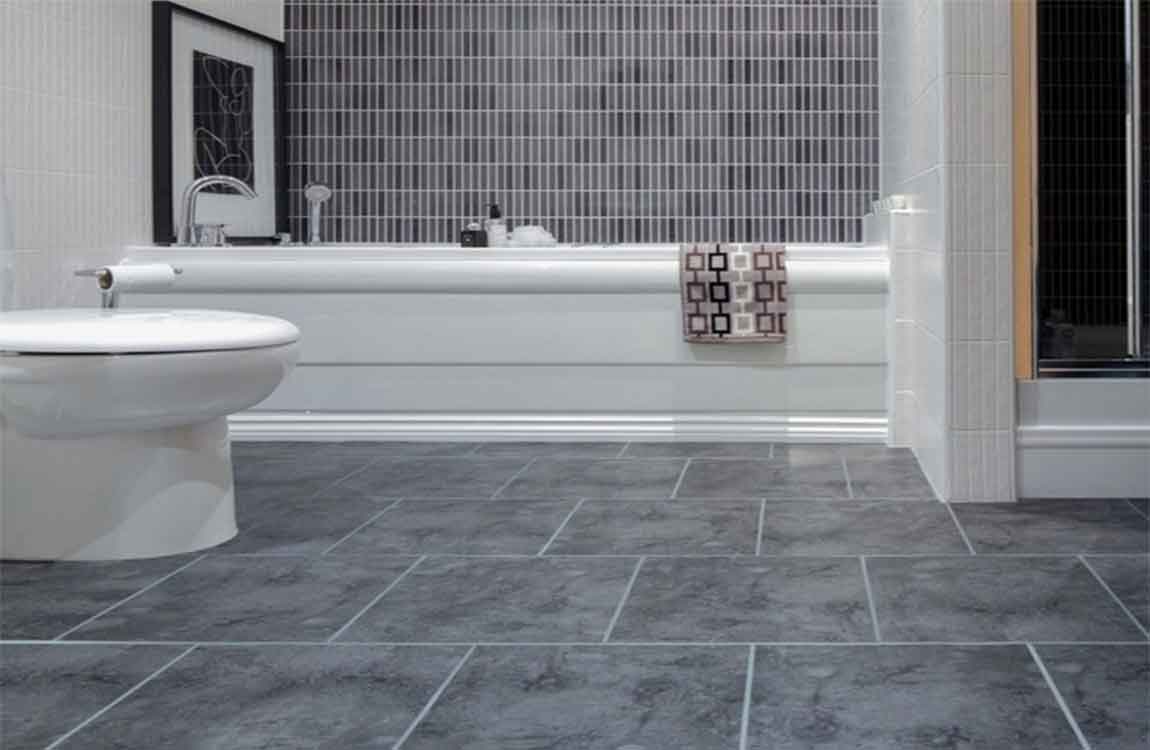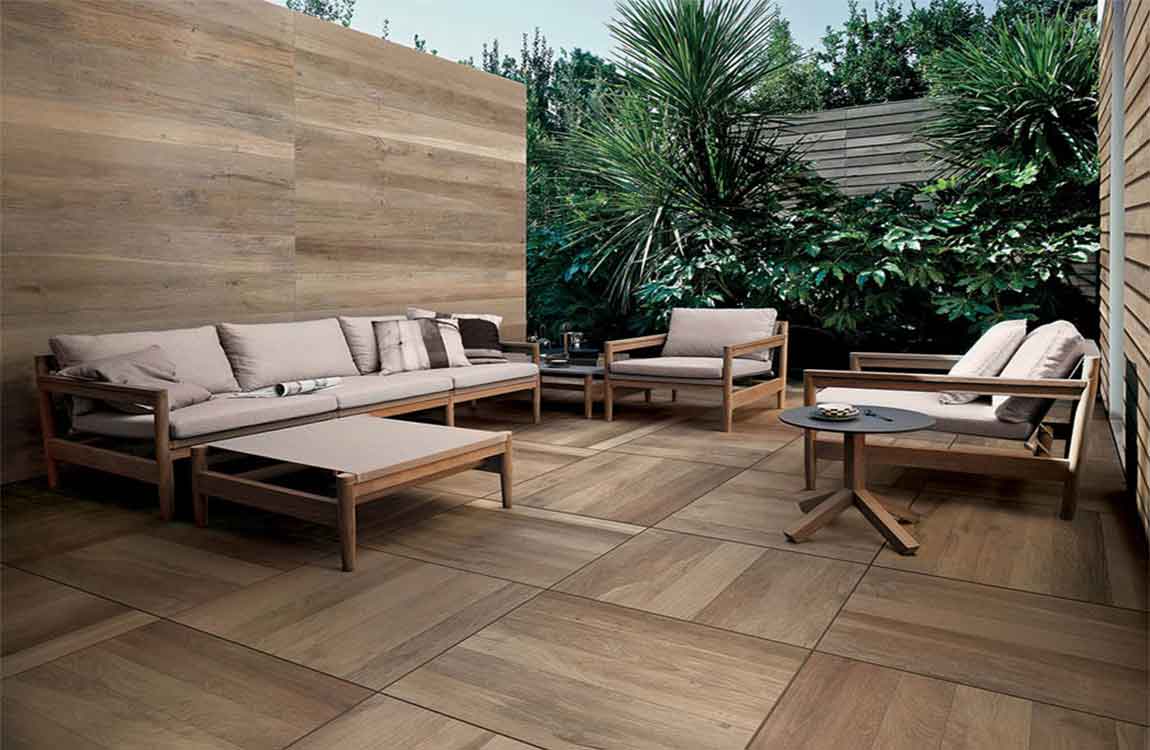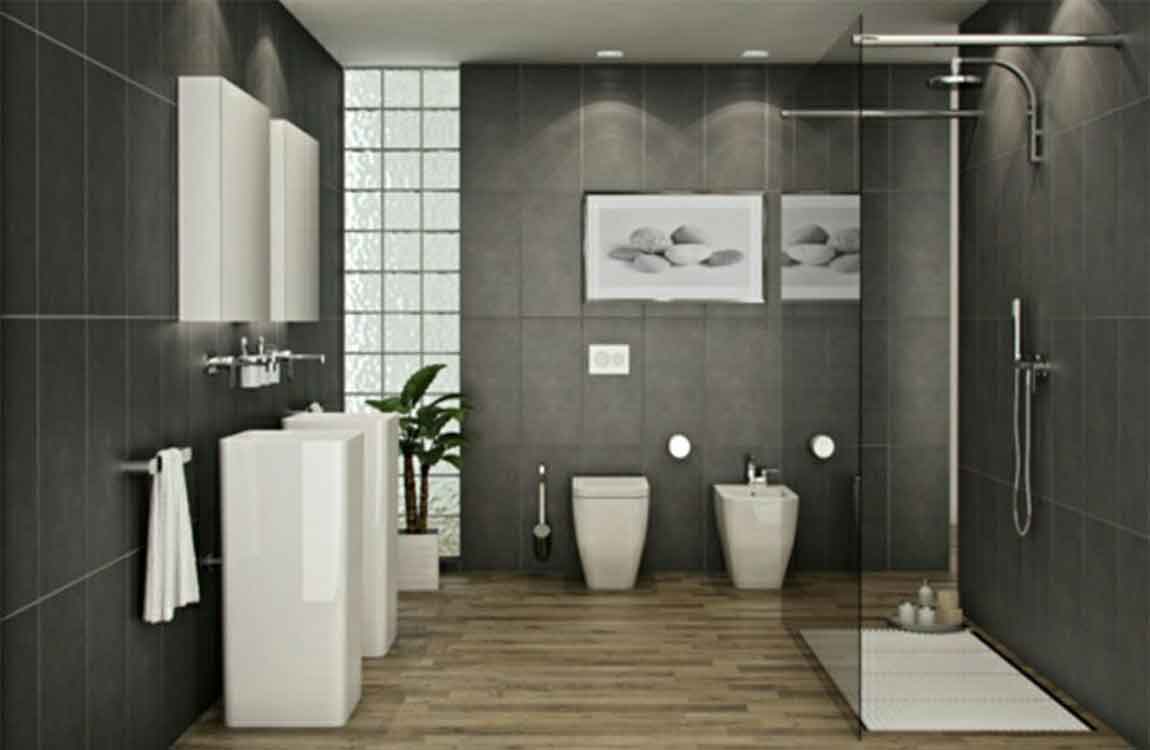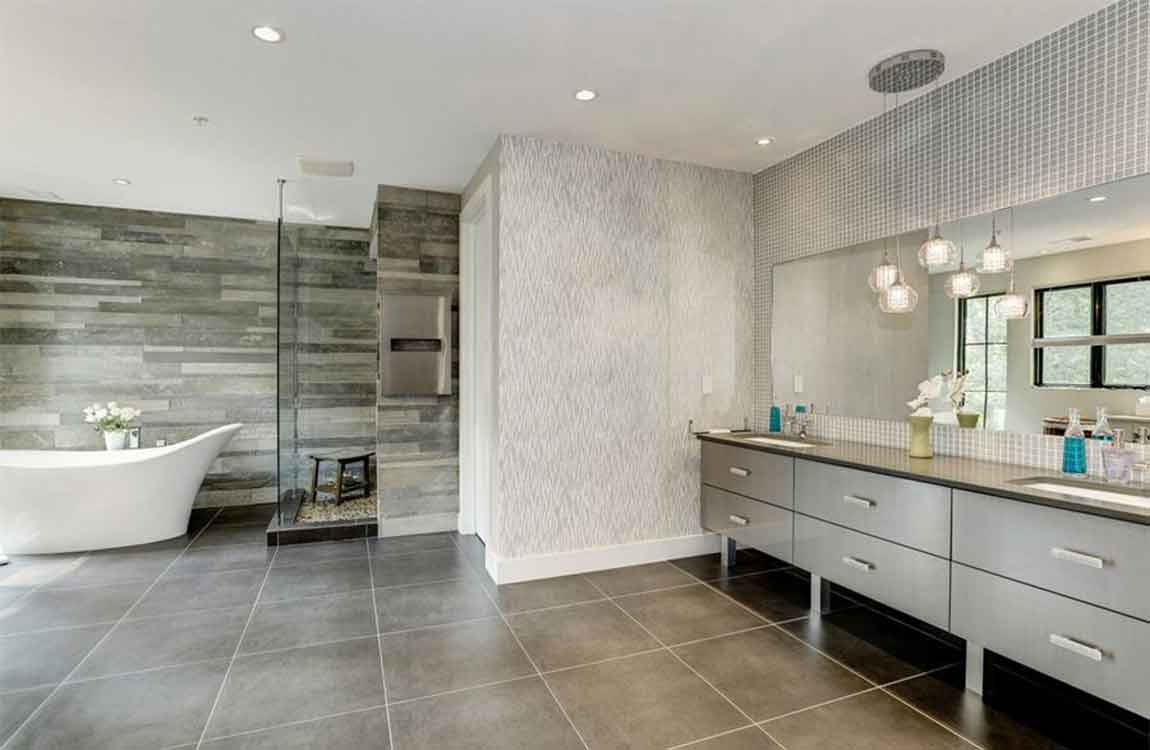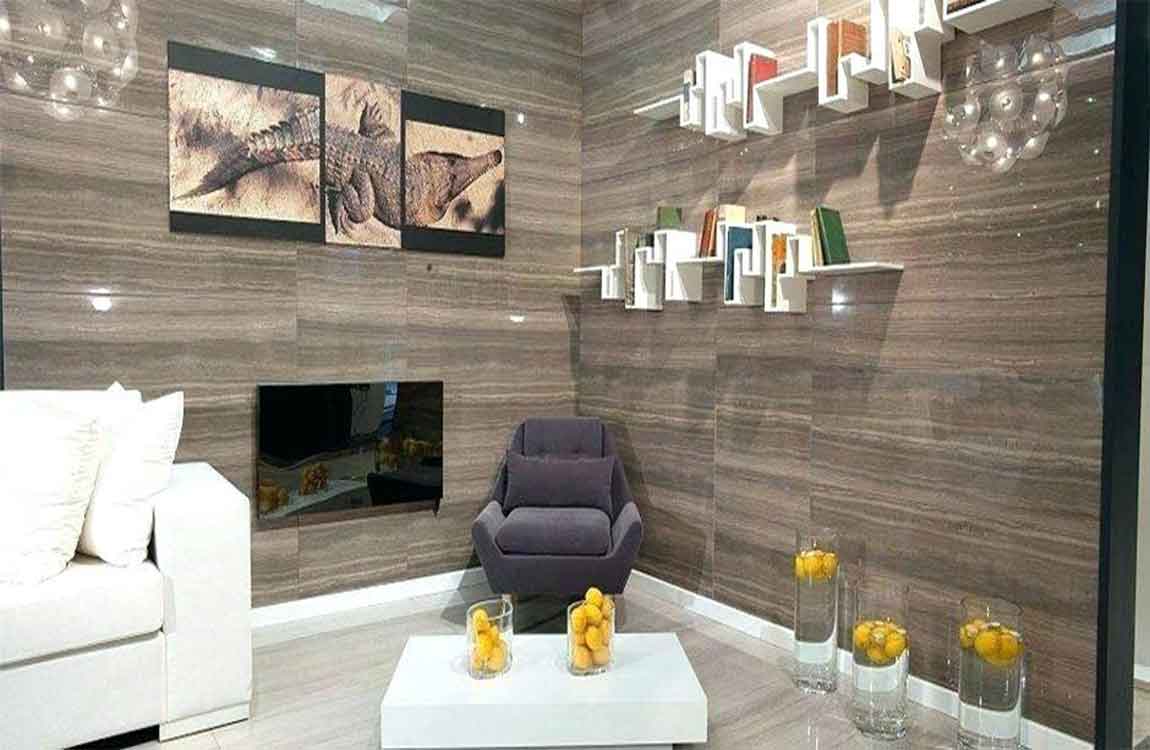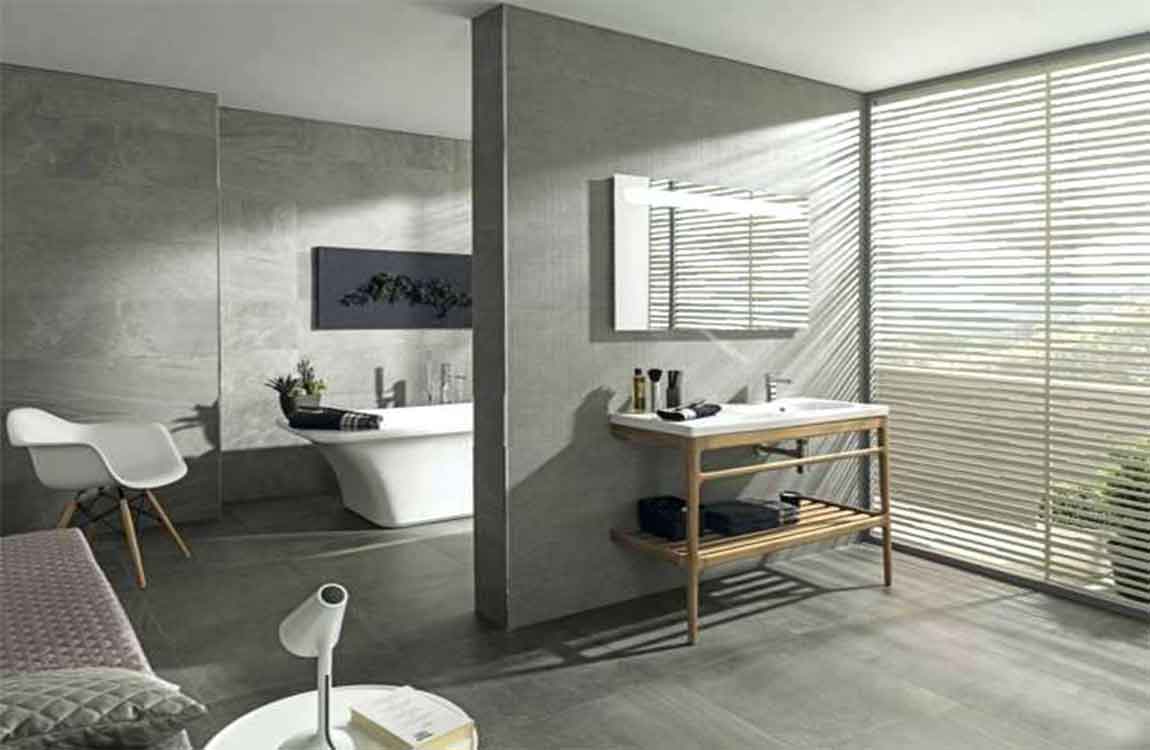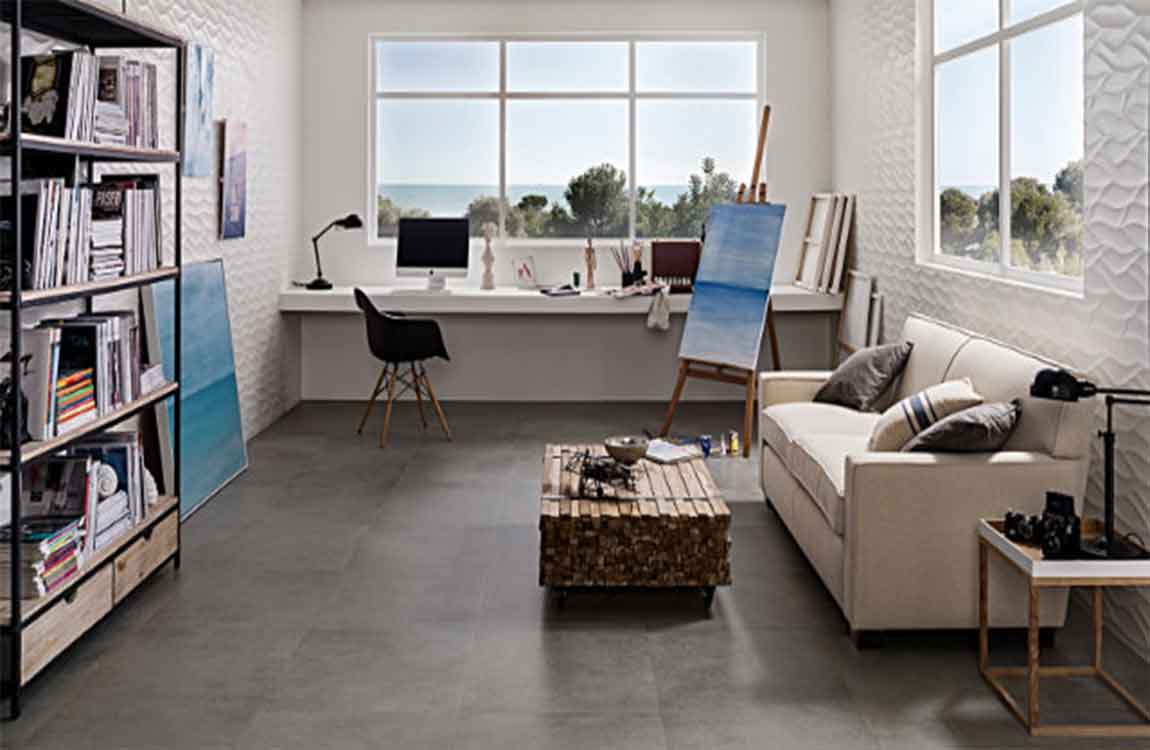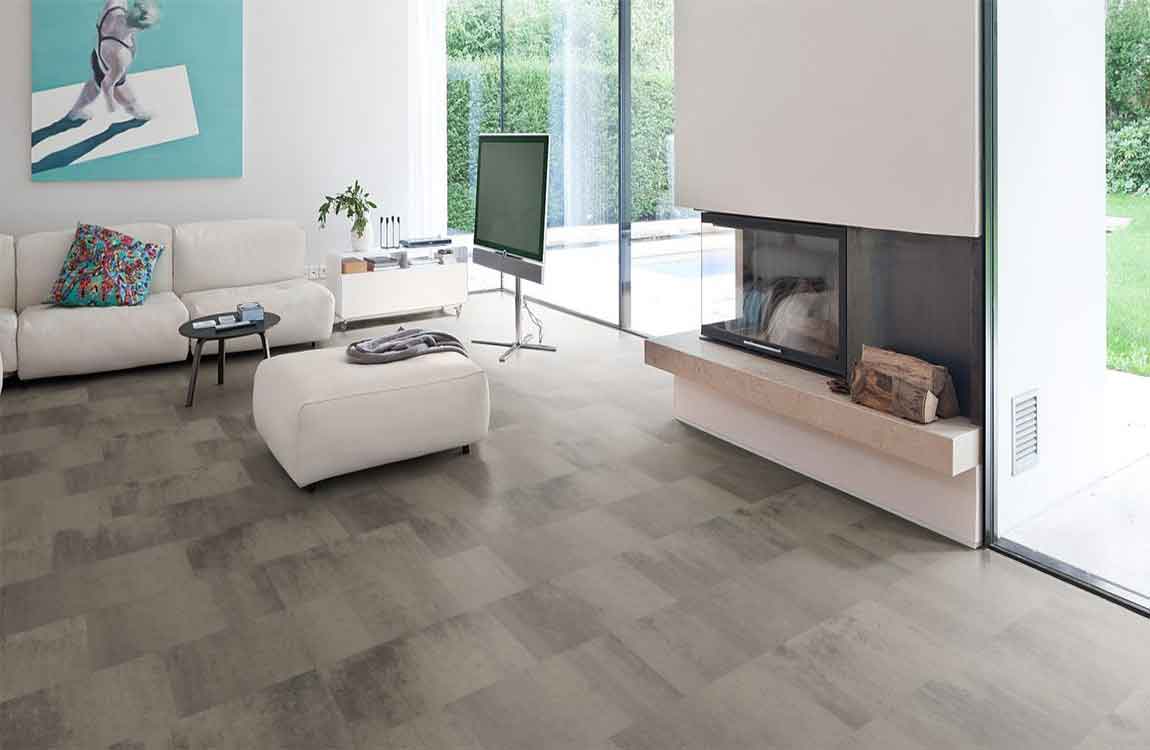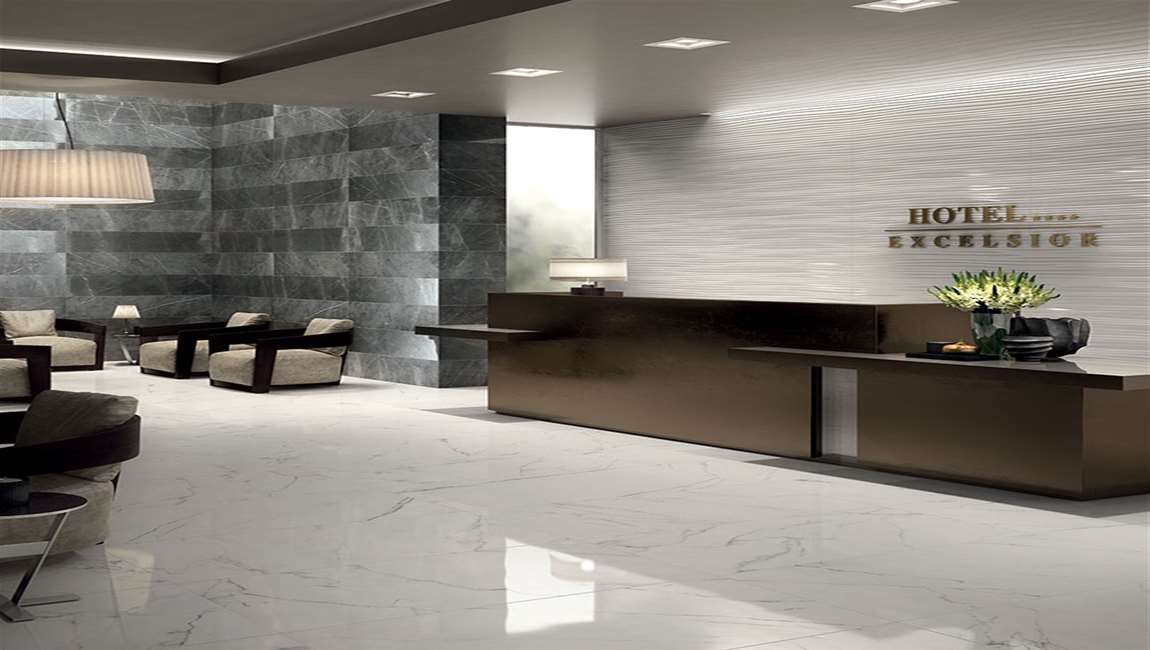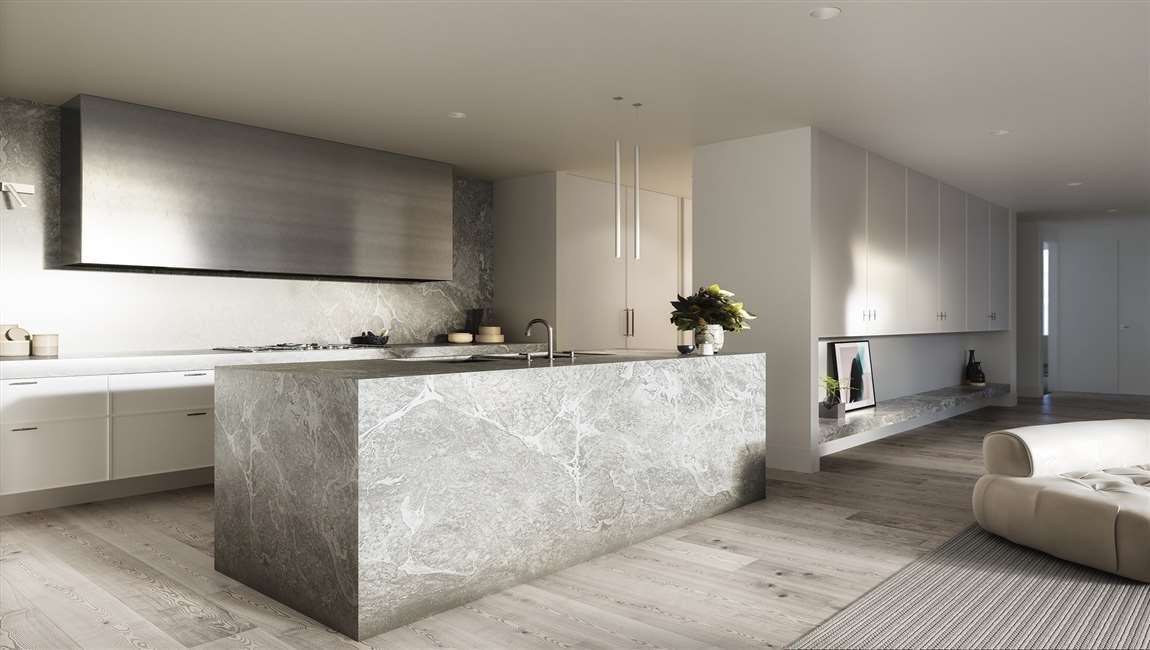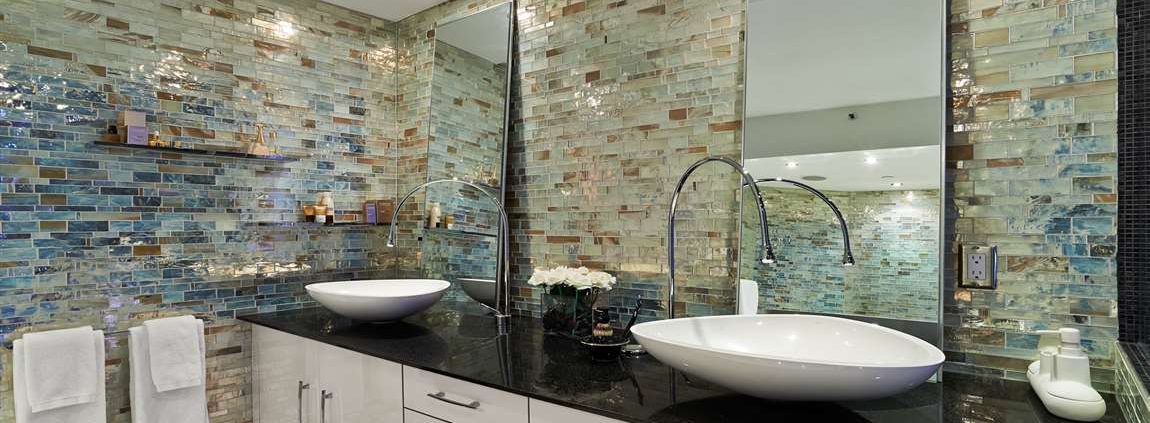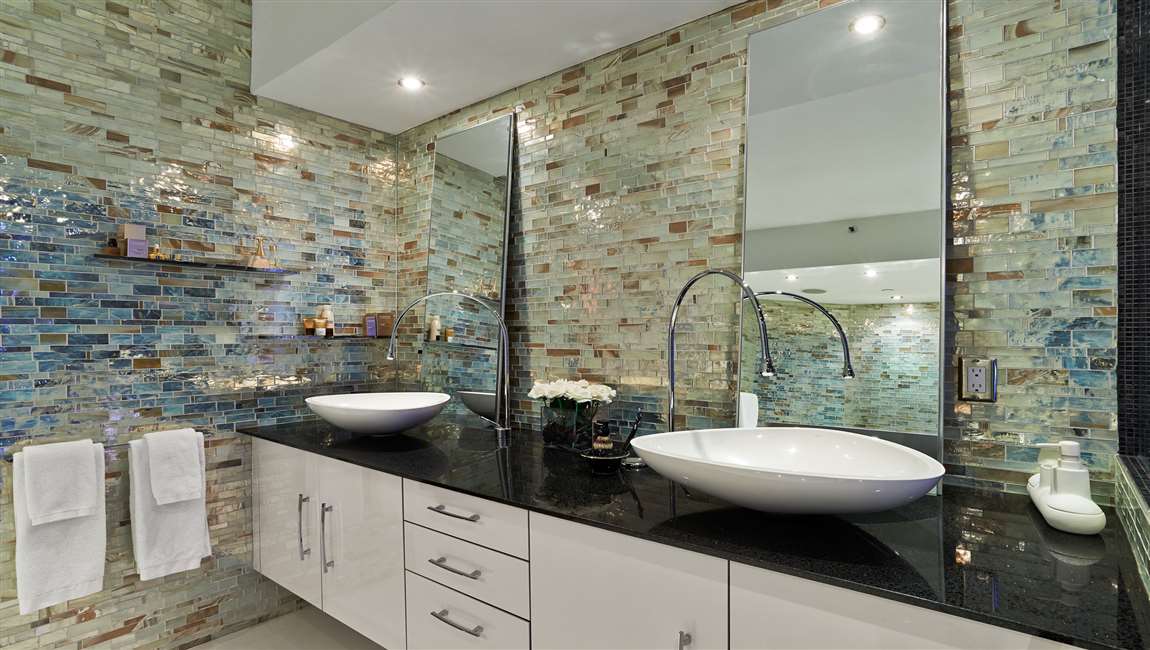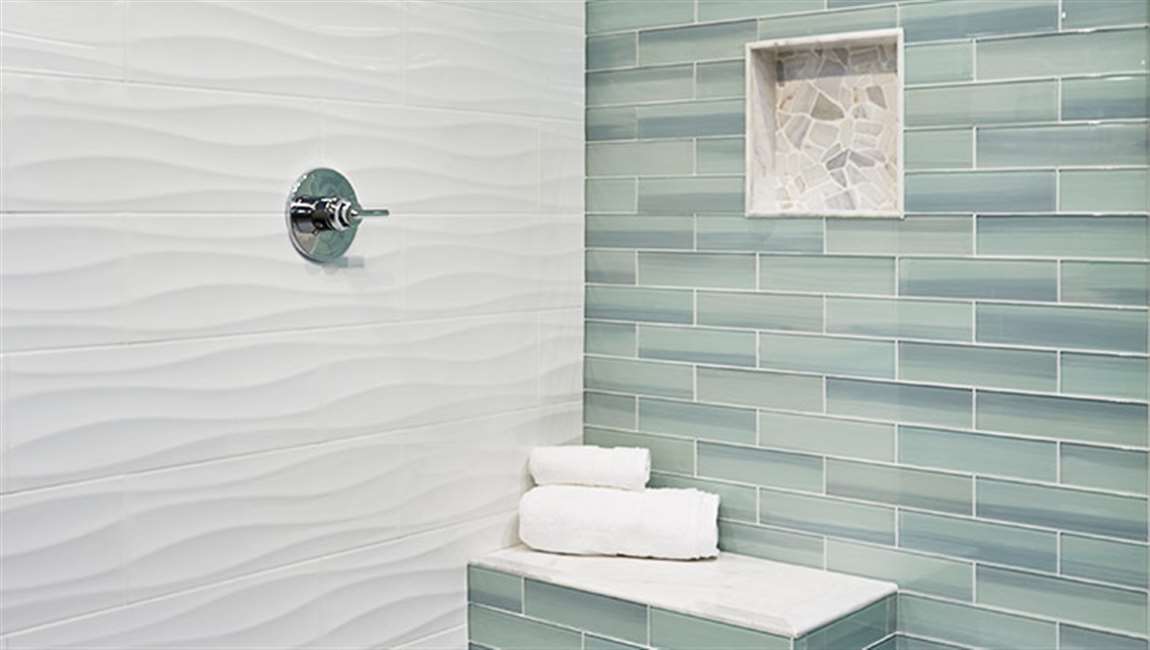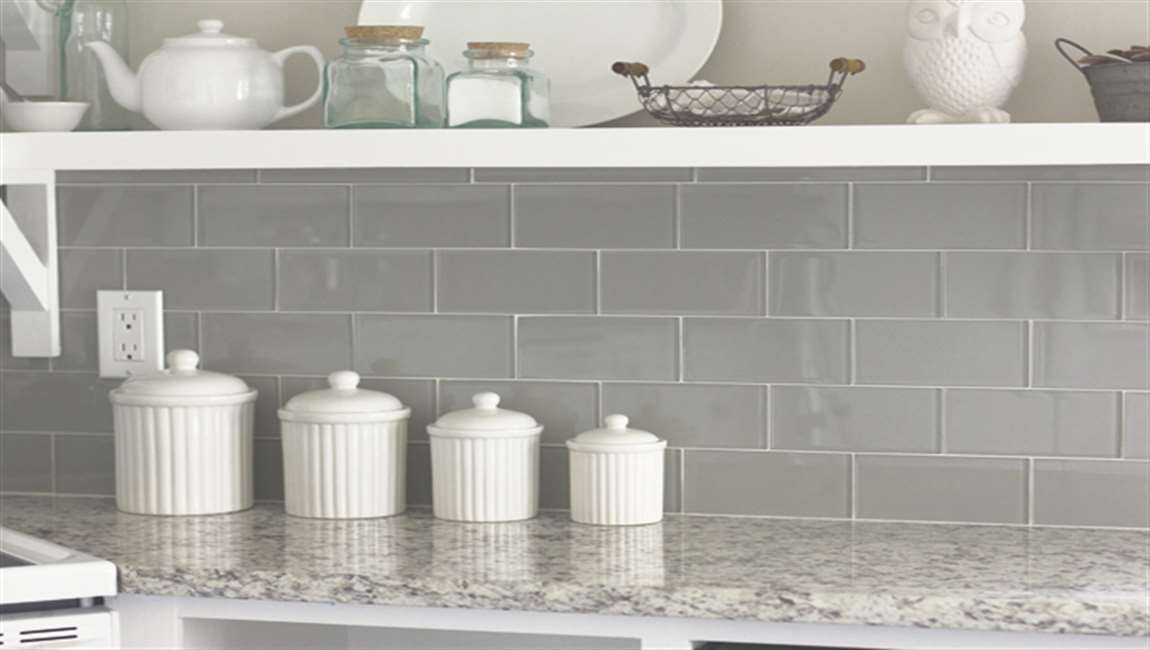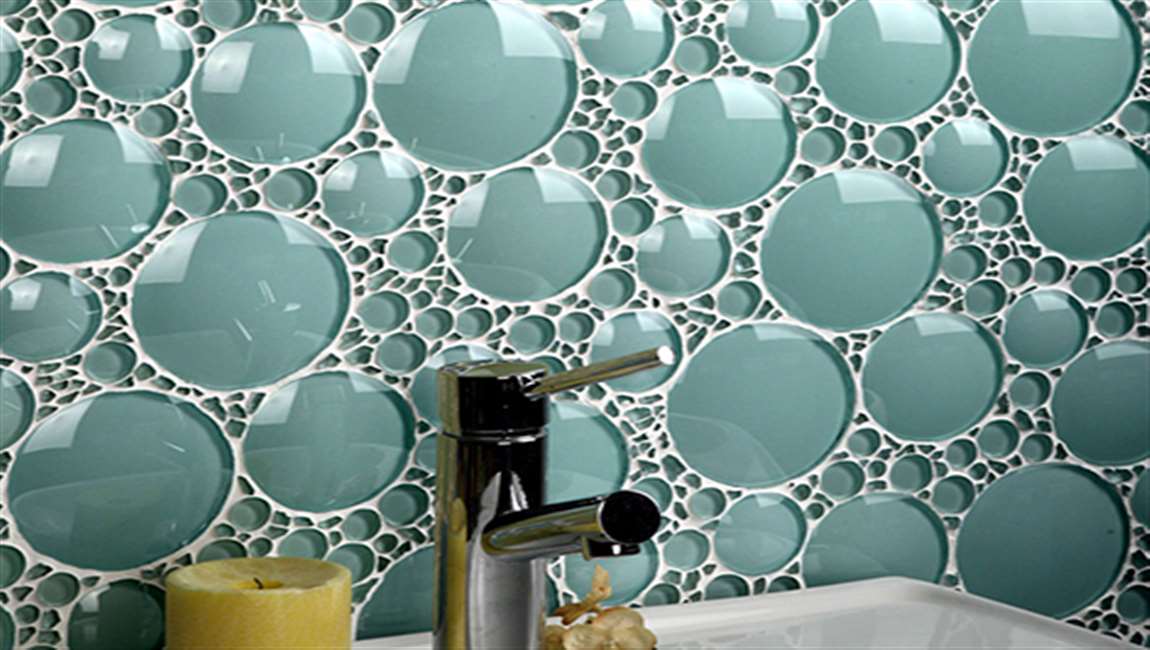Installing a Traditional Tile Backsplash
Bring everything you have. There are several different items required to install a traditional ceramic back panel in the kitchen. Before you start your project, make sure you are well prepared. Materials to be prepared before starting include tiles, tile adhesives, and grout.
Make sure you have the necessary tools, including a notched trowel, tape measure, sponge, level, utility knife, and a tile cutter. You may need spacers for tiles that are not attached together in sections. You may want to use something to cover your countertops during this process to keep them clean.
Clean your walls. In order for the tile adhesive to stick the walls, they must be free of any dust or grease. Wipe them down with a damp rag, and give enough time for them to completely dry. Measure your space. It is important to make sure you get a good measurement so you know exactly what size you should cut your tiles.
Choose a stopping point, either directly below your cabinets or at an arbitrary point on the wall. Make sure that you have enough tiles to fill the measured space, as well as a few extras for precaution. Use a level and straight edge to mark your stopping point along the wall.
Apply the tile adhesive. Use your trowel to smooth the tile adhesive across the wall, working in small sections. If you apply too much at once, it will begin to dry before you get a chance to attach the tiles. Always start applying your tiles from the bottom center, and working outwards from there. Don’t apply the tile adhesive to the backs of the tiles, as it will be more difficult to attach them to the wall.


